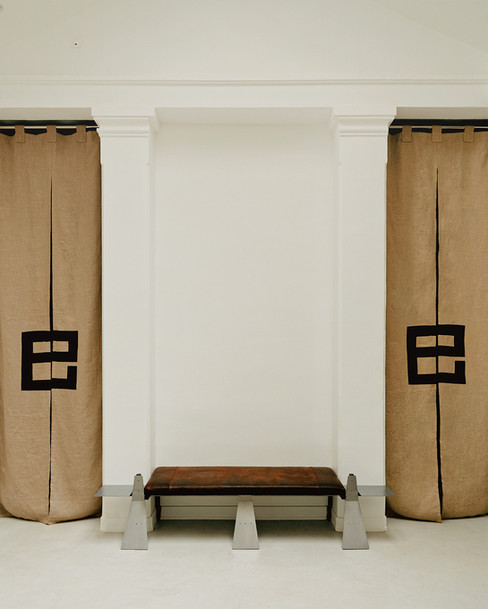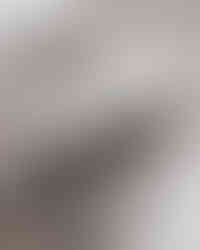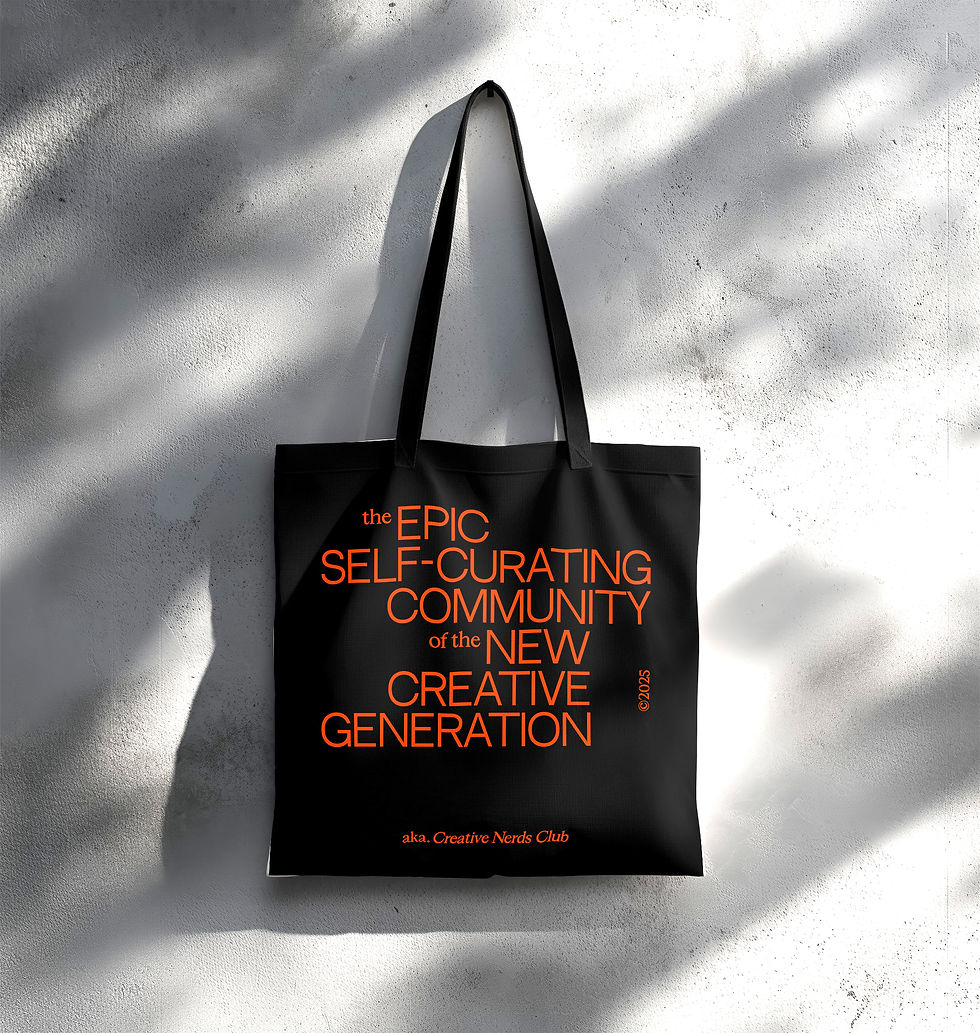Tom Ducarouge | Industrial Designer
- Onur Çoban

- Jul 21
- 5 min read

Extra Cap Display, Private Commission, 2024, Image Charles Michalet
Paris-based industrial designer Tom Ducarouge’s world is built on a simple yet powerful dialogue between the honest language of raw materials and contemporary forms. After studying at Central Saint Martins in London, Tom returned to Paris to establish his own studio, placing storytelling at the very heart of his design practice. He works with materials such as metal, wood, and natural fabrics, leaving them as pure and tactile as possible, without concealing the traces of the production process.
Tom’s practice is a space where analog and digital techniques feed into one another. From hand sketches to 3D modeling, from his conversations with artisans in workshops to every stage of production, each step incorporates both the material and the design into its own narrative. Today, with his four-person team, he continues to create while asking new questions around the balance between the flexibility of independence and the growth of sustainability.
We talked with Tom about his work and design practice.
Interview: Onur Çoban
Who is Tom Ducarouge? Can you briefly tell us about yourself?
Hi, I’m Tom, I’m 27 years old and I’m an industrial designer. After studying at Central Saint Martins in London and graduating in 2020, I moved back to France and set up my studio in Paris. I'm fortunate to work internationally as well, which allows me to stay curious and inspired by different contexts and materials. I design both objects and spatial installations. I’m particularly drawn to raw materials : metal, wood, and natural fabrics, which I like to keep as honest and tactile as possible in my work.

Tom Ducarouge Office, Image Adrien Ozouf
“My design philosophy is rooted in storytelling. I see each piece as a vessel for narrative, a way to create new rituals, experiences, or modes of interaction. I’m also fascinated by what lies beneath the surface: the way things are assembled, the raw edges, the construction details. I like when you can read the materiality of an object, when the process becomes part of the aesthetic.”
What factors do you consider when researching materials or choosing materials for your new projects? Can you tell us a little bit about the material choices in your work?
Whenever I start a project, the first question is always: Do I have access to this material? I produce almost everything locally, 99% of my pieces are made in Paris. I love being close to the workshops, to the materials, and to the people who bring the designs to life. Then comes the constant balancing act between function and form. Take stone, for example I love its presence and texture, but it’s heavy, fragile, and not always practical. On the other hand, aluminum is strong, lightweight, easy to machine, and more accessible. Fabric is another favorite of mine. It’s incredibly versatile and offers so many possibilities across scales and typologies.
Heat Sensitive Table, On Running, 2025
Can you tell us a bit about the design and production process in your work? Are you closer to analogue or digital techniques?
For me analog and digital techniques are inseparable. Each one feeds the other. I sketch by hand, dive into visual research, and build my ideas in 3D. From the very beginning of a project, I like to involve artisans and workshops in the conversation. Their feedback on feasibility is essential, and our exchanges often shape the evolution of the design itself. I also like revisiting past projects. I keep samples and prototypes that sometimes resurface and inspire new iterations. There’s something valuable in reconnecting with those fragments of earlier ideas, they often reveal unexpected possibilities.
Natural Wine Bar, Soho House, 2024, Images Adrien Ozouf
Which of your works has excited you the most in terms of the design process and the final product?
One of the projects that excited me the most was a series of cap holders. It involved producing a run of 50 pieces, designing the packaging, and building a dedicated website. That whole self-publishing approach, handling every step from concept to distribution—was incredibly energizing. I’m now thinking about extending that project to other types of objects and relaunching it with a fresh perspective.
Another major project for me last year was a series of nearly 800 mirror-polished stainless steel seats designed for Gucci. It was the largest production run I’ve ever overseen—manufactured entirely in Paris in just four weeks. It was intense, but incredibly rewarding. I was proud to take on that kind of scale while still working locally and maintaining a high level of craft.
Gucci Seats, Bureau Betak, 2024, Images Bureau Betak
Finally another highlight came this past January, when I transformed a townhouse in the heart of the Marais into a showroom for New Balance. The project involved curating vintage furniture and overseeing every detail of the decor, from plants to magazines and candles. It was a meaningful process, blurring the lines between interior styling and spatial storytelling. I also created a custom furniture piece for the space: a triptych of illuminated panels made from Japanese paper and wood. Projects like this where design becomes a cohesive atmosphere from one room to another are particularly exciting to me.
NB House 2025, Images Adrien Ozouf
Can you tell us a little about the sources of inspiration behind your work? Who are the names you follow with curiosity in this field or in different disciplines?
I draw inspiration from a wide range of creatives. One of them is Matan Fadida, a London-based object designer whose work blends aluminum casting with textile components. His forms are incredibly pure, and visually, I find them very powerful. I’m also constantly inspired by the way Nicolas Yuthanan photographs objects and accessories—there’s a sensitivity and boldness in his compositions that really resonates with me. In a different realm, the spatial installations by Studio Erased always strike me. Their work has a kind of raw intensity that pushes me forward creatively every time I see it. And finally, on a more artisanal note, I have a deep appreciation for the ceramic work of Léa & Nicolas. There’s something both grounded and poetic in what they do that really speaks to me.
Are you excited for the future? What are your plans?
A few months ago, I moved into a new studio space. Just a year ago, I was working on my own. Now we’re a team of four. It’s a really interesting moment of transition, where I’m asking myself what kind of structure I want for the future. Do I want to grow and scale the studio, or keep it small and agile? There’s something I really value about being able to choose the projects I take on, staying flexible, continuing to experiment, and having the freedom to travel. For now, I’m trying to strike the right balance between creative independence and sustainable growth.



























































































